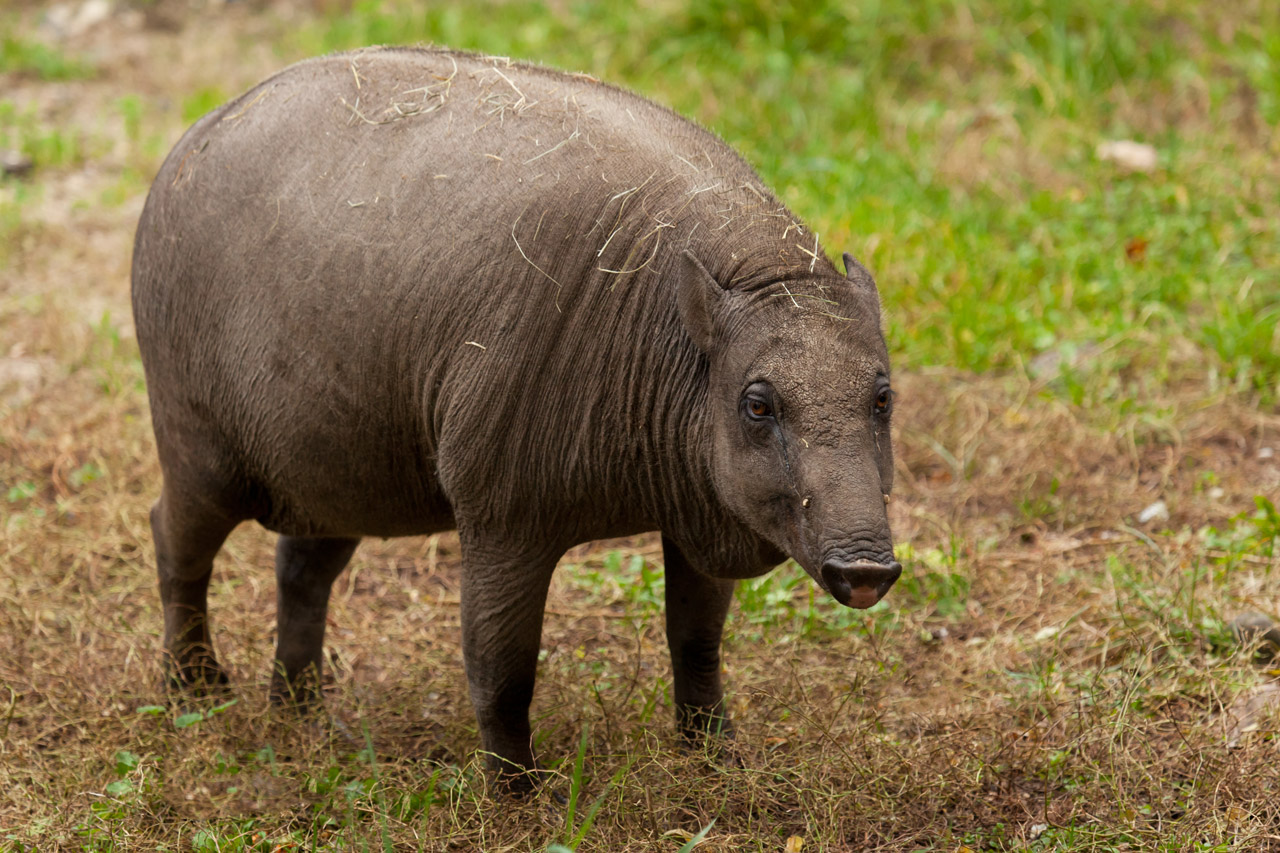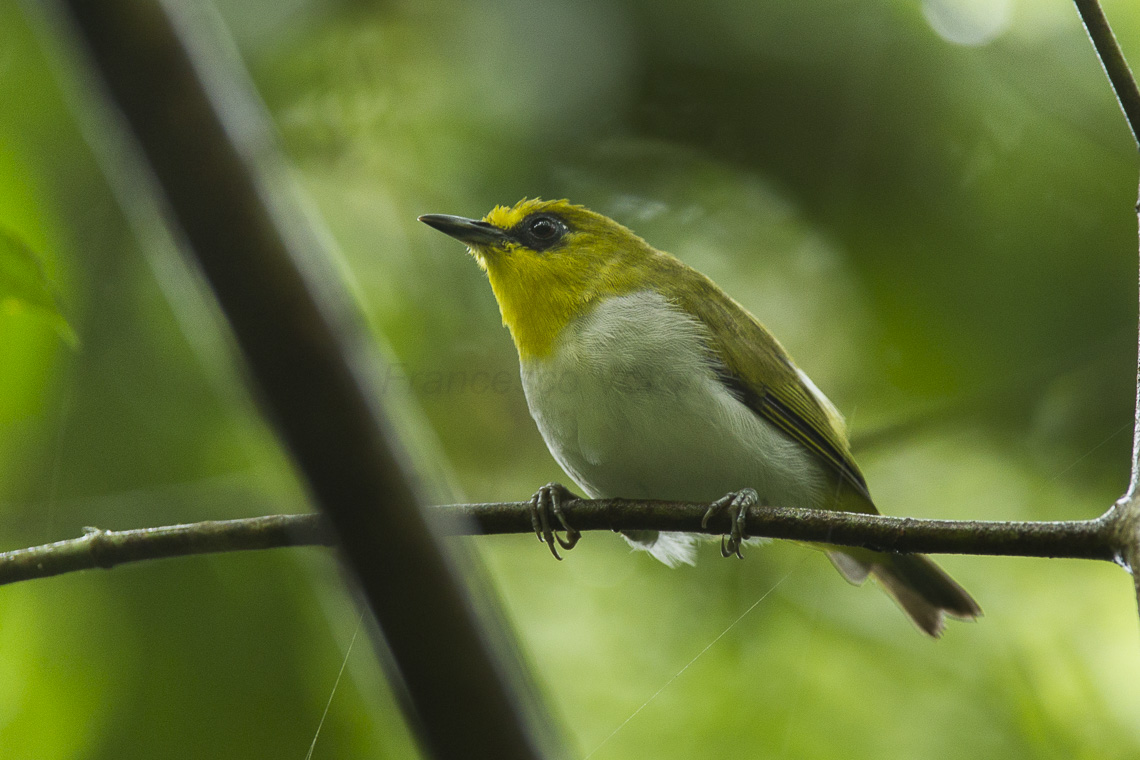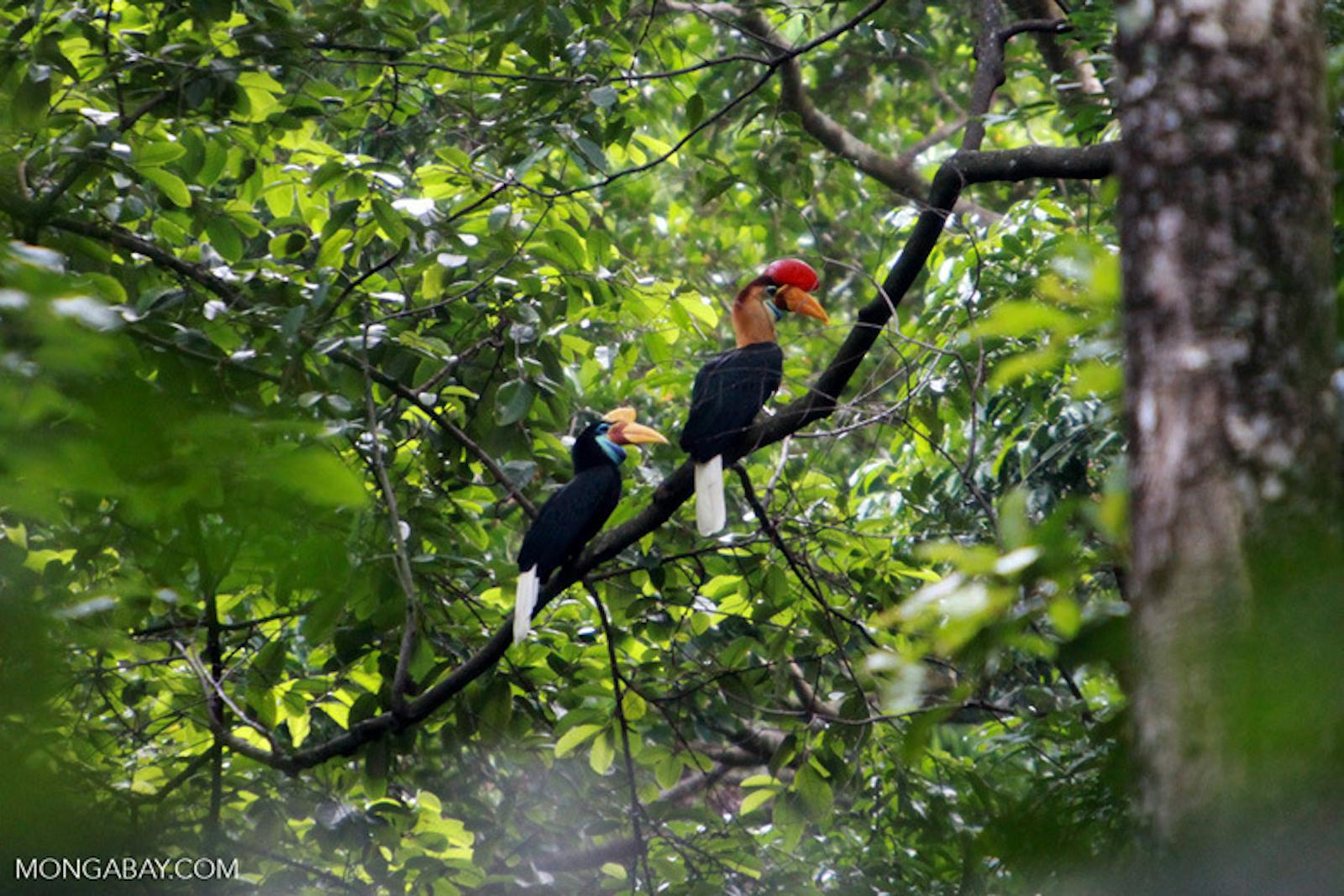Sulawesi Lowland Rainforests
The ecoregion’s land area is provided in units of 1,000 hectares. The conservation target is the Global Safety Net (GSN1) area for the given ecoregion. The protection level indicates the percentage of the GSN goal that is currently protected on a scale of 0-10. N/A means data is not available at this time.
Bioregion: Sulawesi & Maluku Islands (AU14)
Realm: Australasia
Ecoregion Size (1000 ha):
11,659
Ecoregion ID:
156
Conservation Target:
59%
Protection Level:
1
States: Indonesia
The Sulawesi Lowland Rain Forests harbor some of the most unique animals on Earth. The islands are located in the region known as Wallacea, which contains a distinctive fauna representing a mix of Asian and Australasian species. The forests are home to babirusa—a fruit-eating pig with huge curving tusks—a dwarf buffalo, unique black macaques, big-eyed tarsiers, and Australasian cuscus. The highly unique flora and fauna of this island are derived, in part, because the island sits at a crossroads between Southeast Asia, New Guinea, and Australia. The ecoregion has the highest number of endemic mammals in Asia. The birds here are spectacular, and include the red and blue lory, Sulawesi hornbill, and the Sangihe hanging parrot.

The flagship species of the Sulawesi Lowland Rainforests ecoregion is the babirusa. Image credit: Petr Kratochvil, Creative Commons
This ecoregion represents the lowland forests (less than 1,000 m) on Sulawesi and the surrounding islands of Banggai and Sula to the east and Talaud and Sangihe to the north. Sulawesi has a complex geologic history and is composed of three geologic provinces based on that history. West and East Sulawesi form two of the geologic provinces, separated by the Palu-Koro fault, which runs from the town of Palu to the Gulf of Bone. The third geologic province consists of the Tokala region on the northeast peninsula, the Banggai Islands, Butung Island, and the Sula Islands. East and West Sulawesi collided approximately 13–19 million years ago, and ultrabasic rocks were exposed as East Sulawesi overrode the western portion. The forces that caused the collision are still at work, and Sulawesi is being torn apart today

Black-ringed white-eye. Image credit: Francesco Veronesi, Creative Commons
Sulawesi's flora is most closely related to the floras of dry areas in the Philippines, Moluccas, Lesser Sundas, and Java. The lowland forests have affinities to New Guinea, whereas the upland areas are more related to Borneo. Sulawesi is almost completely mountainous with few extensive lowlands. The lowlands support evergreen and semi-evergreen rain forest, monsoon forests, and freshwater and peat swamp forest. Distinctive forest types on limestone are distributed around southern Sulawesi and on ultrabasic soils in scattered locations all around the island. The forests support only seven dipterocarp species, such as Hopea and Shorea, while, in comparison, Borneo has 267 species. Ebonies and palms are common in the lowlands. Freshwater swamp forest has palms and pandanus on firmer ground, with grass and insectivorous pitcher plants. Ultrabasic soils support highly endemic plant assemblages, including a number of ancient gymnosperms.
-CC-2014.JPG)
Grey-sided flowerpecker. Image credit: Creative Commons
Of the 104 mammal species in the ecoregion, 29 are endemic or near endemic. The two cuscus have Australasian origin, but the rest of the mammals have Asian origins, including the crested macaque, moor macaque, booted macaque, lowland anoa, spectral tarsier, and babirusa. Of the 337 birds, 70 are unique to the Sulawesi archipelago and 32 of these are restricted to ecoregion.
Logging, settlement, agricultural plantations, shifting cultivation, and set fires have eliminated much of the lowland habitat. Sulawesi still supports some lowland moist forests on steep slopes that are unsuitable for agriculture. There are a number of protected areas in Sulawesi, but only a few protect larger blocks of lowland habitat. Some examples are Gunung Duasadara and Tangkoko Buasabara Nature Reserves, Bogani Nani Wartabone National Park, and Morowali Nature Reserve. Key Biodiversity Areas have been identified throughout Sulawesi, with a good coverage of the seven major endemism zones.
Priority conservation actions are to: 1) expand the protected area system capture more of the last lowland forests and improve management; 2) stop hunting of the larger, vulnerable anoa and babirusa to stabilize their endangered populations; and 3) protect some of the larger areas of lowland forests on two satellite islands, Taliabu and the Banggai.
Citation
- BirdLife International. 2018. Endemic Bird Areas factsheet: Sulawesi. Accessed 1 June 2018 at http://datazone.birdlife.org/eba/factsheet/167.
- CEPF. 2015. Wallacea Biodiversity Hotspot Ecosystem Profile. Critical Ecosystem Partnership Fund, Washington DC. 353 pp.
- Morrison J. 2018. Sulawesi Lowland & Montane Rain Forest. Accessed 1 June 2018 at https://www.worldwildlife.org/ecoregions/aa0123



